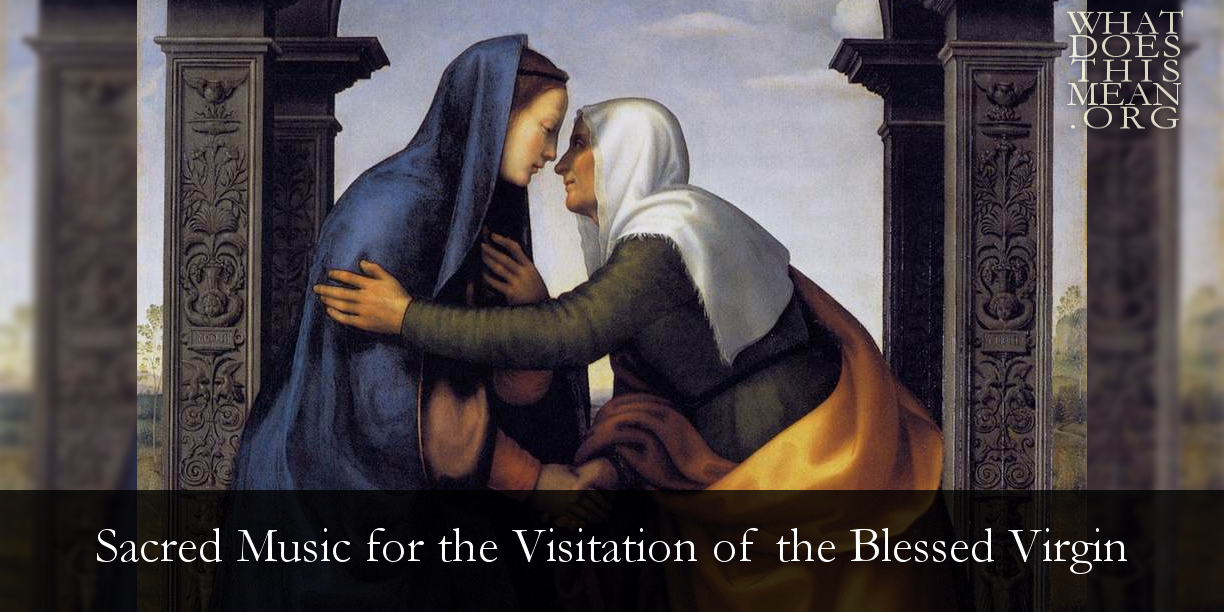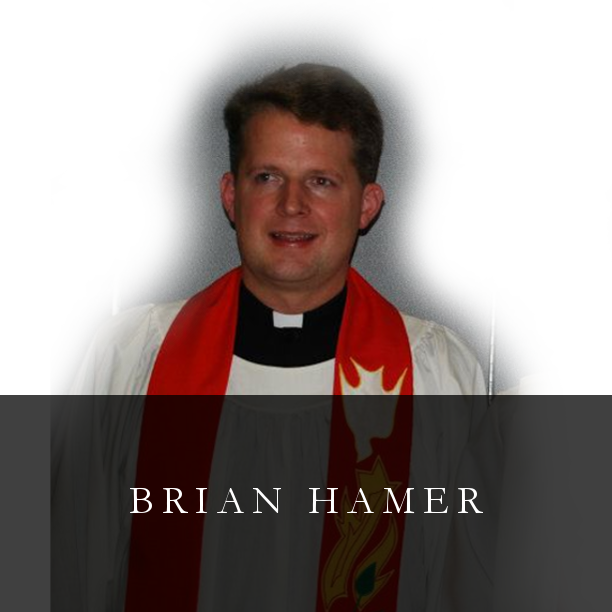taking upon Him a living body, vouchsafed to be born of a pure virgin.
| Just as a book title indicates what is the content of the book, so this word “magnifies” is used by Mary to indicate what her hymn of praise is to be about, namely, the great works and deeds of God, for the strengthening of our faith, for the comforting of all those of low degree, and for the terrifying of all the mighty ones of earth. We are to let the hymn serve this threefold purpose for she sang it not for herself alone but for us all, to sing it after her. (Luther’s Works [American Edition], 21:306) |
The Lord has blessed His church mightily with a host of musical settings of the Magnificat. They range from simple chants to larger works for chorus and orchestra. This column will focus on three English composers who were born in the mid-1800’s and who composed sacred music for England’s mighty cathedrals, using the following translation from the 1662 Book of Common Prayer:
| My soul doth magnify the Lord. And my spirit hath rejoiced in God my Saviour. For he hath regarded the lowliness of his handmaiden For behold, from henceforth all generations shall call me blessed. For he that is mighty hath magnified me and holy is his Name. And his mercy is on them that fear him throughout all generations. He hath shewed strength with his arm, he hath scattered the proud in the imagination of their hearts. He hath put down the mighty from their seat and hath exalted the humble and meek. He hath filled the hungry with good things and the rich he hath sent empty away. He remembering his mercy hath holpen his servant Israel, As he promised to our forefathers, Abraham and his seed for ever. Glory be to the Father . . . |
In the context of the cathedral office of the West, the Magnificat is generally sung today at Vespers (Lutheran and Roman Catholic) and Evensong (Anglican). Since the Anglican Church prays the Magnificat and the Nunc Dimittis at Evensong, often sung by a trained choir of men and boys to a specially commissioned setting, they have certainly set the pace for new musical settings since the Reformation. But one Lutheran distinctive is the use of the following Psalm verse as the introduction to Mary’s hymn at Vespers, “Let my prayer be set forth before Thee as incense / And the lifting up of my hands as the evening sacrifice.”
God has done all for us in Christ through the Great Exchange, taking on a human body that we might share in all the gifts of His Godhead. He has defeated the power of Satan, cast down all false gods from their thrones, and exalted those who repent of their sins and take refuge in Christ alone. And now the spiritual children of Abraham – ransomed, healed, restored, and forgiven – cannot help but set their prayers before God Almighty as incense and to lift up their hands as the evening sacrifice in singing, “My soul doth magnify the Lord!” For Luther, this is but a rehearsal for the ceaseless worship of the Lamb, where “the saints will do nothing in heaven but praise God, because He looked upon them when they were in the depths and there made Himself known to them and loved and praised by them” (LW AE 21:301).
| Now in holy celebration / Sing we of that mother blest, In whose flesh for men’s salvation / God incarnate deigned to rest, When a kindred salutation, Named in faith the mystic guest. Lo, the advent Word confessing, Spake for joy the voice yet dumb, Through his mother’s lips addressing / Her, of motherhood the sum,-- Bow’r of beauty, blest and blessing, Crowned with fruit of life to come. (15th century hymn for Evening Prayer, from The Brotherhood Prayer Book, p. 518) |



 RSS Feed
RSS Feed
